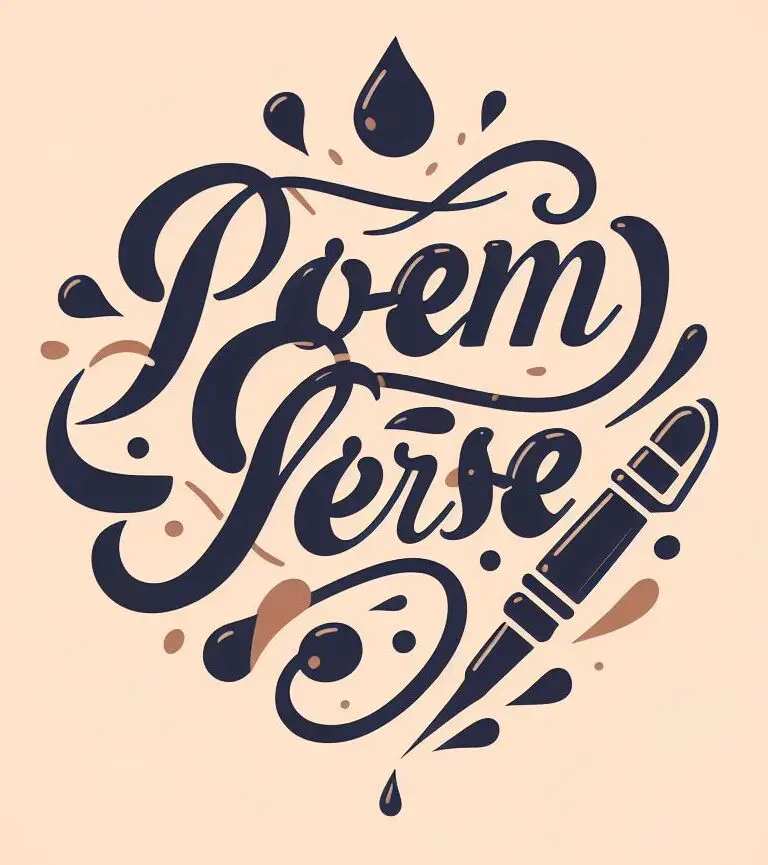Poems About the Troubles: A Reflection on Conflict and Resilience
The Troubles, a period of intense conflict in Northern Ireland from the late 1960s until the Good Friday Agreement in 1998, left an indelible mark on the region and its people. As one of the most tumultuous periods in Irish history, it naturally became a subject of artistic expression. Poetry, in particular, became a powerful medium for individuals to voice their experiences, emotions, and hopes during these troubled times. In this article, we will explore a selection of poignant and thought-provoking poems that offer insight into the profound impact of the Troubles.
1. "Requiem for the Croppies" by Seamus Heaney
Seamus Heaney, a Nobel laureate and one of Ireland's most celebrated poets, often delved into the Troubles in his work. In "Requiem for the Croppies," Heaney pays homage to the United Irishmen who fought against British forces in the 1798 Rebellion. The poem draws parallels between this historical conflict and the recent Troubles, reflecting on the cyclical nature of violence and the enduring resilience of the Irish people.
Excerpt:
"The pockets of our greatcoats full of barley...
No kitchens on the run, no striking camp...
We moved quick and sudden in our own country.
The priest lay behind ditches with the tramp.
A people, hardly marching...
On the hike, we found our leader in his tryst,
A ghostly terrain of bog, where the turf-cutters
And a few scattered islands still put faith
In the plenty of the year."
2. "A Disused Shed in County Wexford" by Derek Mahon
Derek Mahon's "A Disused Shed in County Wexford" provides a haunting reflection on the Troubles, examining the impact of violence on both individuals and society. The poem contemplates the disintegration of hope and the transformation of a peaceful landscape into a place of fear and despair. Mahon's words serve as a powerful reminder of the lasting scars left by conflict.
Excerpt:
"Even now
There are places where a thought might grow –
Peruvian mines, worked out and abandoned
To a slow clock of condensation,
An echo trapped for the next shift,
Pale seams of ore winking at the sun.
The lift's pulse beats like a warning drum,
A dull head hall above the winding gear."
3. "Belfast Confetti" by Ciaran Carson
In "Belfast Confetti," Ciaran Carson takes readers on a fragmented journey through the streets of Belfast during the Troubles. The poem captures the disorienting chaos and violence experienced by ordinary individuals caught up in the conflict. Through its unconventional structure and use of language, Carson's poem reflects the disintegration of conventional communication and the shattering of a once-united community.
Excerpt:
"Suddenly as the riot squad moved in, it was raining
exclamation marks,
Nuts, bolts, nails, car-keys. A fount of broken type. And
the explosion
Itself – an asterisk on the map. This hyphenated line, a burst
of rapid fire...
I was trying to complete a sentence in my head, but it kept
stuttering,
All the alleyways and side streets blocked with stops and
colons."
4. "The Tollund Man" by Seamus Heaney
Another powerful poem by Seamus Heaney, "The Tollund Man," explores the ancient bog bodies discovered in Denmark, drawing parallel themes to the contemporary violence in Northern Ireland. Heaney reflects on the complexities of human nature, the sacrifices made, and the tragedy of lives cut short by conflict. Through vivid imagery and introspective language, the poem prompts profound contemplation on the universal nature of violence and its impact on individuals and communities.
Excerpt:
"Some day I will go to Aarhus
To see his peat-brown head,
The mild pods of his eye-lids,
His pointed skin cap.
In the flat country near by
Where they dug him out,
His last gruel of winter seeds
Caked in his stomach..."
Poetry has the unique ability to convey complex emotions and experiences, offering solace, understanding, and a space for reflection. The Troubles left an indescribable impact on the people of Northern Ireland, and these poems are a testament to the resilience, pain, and hope that emerged from this turbulent period. Through the works of poets like Seamus Heaney, Derek Mahon, and Ciaran Carson, we gain insight into the human condition, the consequences of violence, and the enduring spirit of those who lived through the Troubles. These poems serve as a reminder of the importance of art in processing and understanding historical trauma, and their relevance continues to resonate today.

Entradas Relacionadas